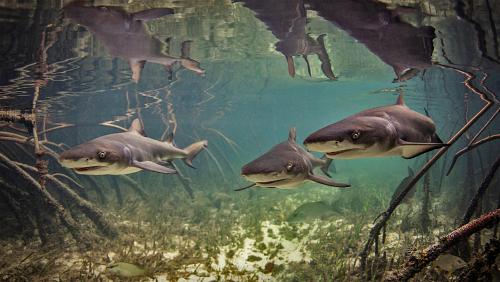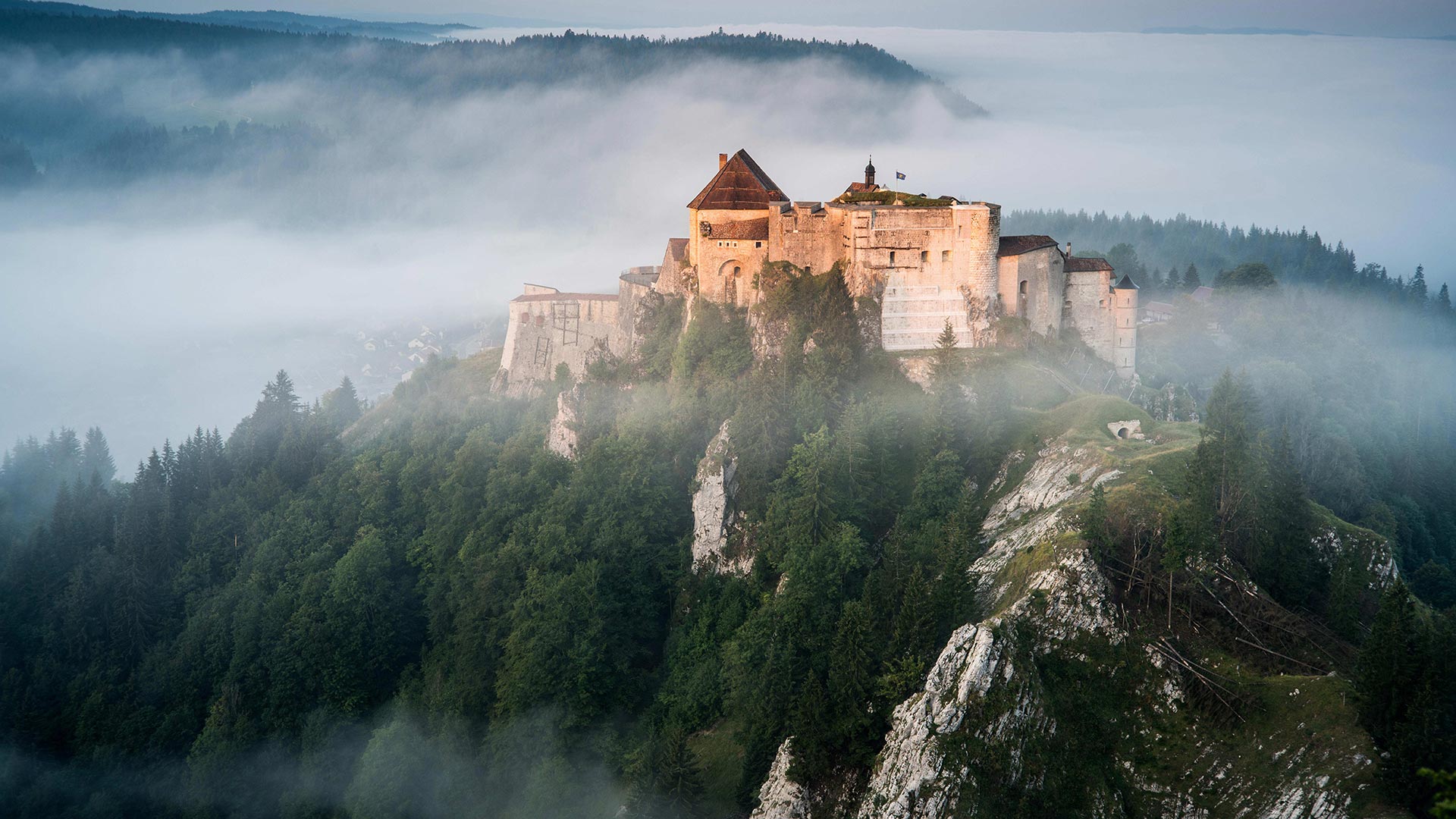Burning Questions: Debunking the Mysteries of Pet Cremation
Losing a beloved pet is one of the most difficult experiences a person can face. The grief and pain that follows can be overwhelming, and making decisions about what to do with their remains can be a daunting task. One of the most common options is pet cremation, but many people are left with questions and concerns about the process. In this article, we’ll delve into the mysteries of pet cremation, addressing common questions and myths, and providing a better understanding of this sensitive and emotional topic.
What is Pet Cremation?
Pet cremation is a process where a pet’s body is reduced to its basic elements through high-temperature combustion, typically in a specialized furnace. The remains are then processed into a fine powder, known as cremated remains or ashes, which can be returned to the owner or buried.
Is Pet Cremation Safe?
Yes, pet cremation is a safe and sanitary process. Modern crematories use advanced technology and follow strict guidelines to ensure that the remains are properly processed and handled. The American Pet Products Association (APPA) and the International Association of Animal Hospice and Palliative Care (IAAHPC) both recommend cremation as a safe and respectful way to handle pet remains.
What Happens During the Cremation Process?
The cremation process typically involves the following steps:
- Preparation: The pet’s body is prepared for cremation by removing any medical devices, such as pacemakers or implants, and wrapping the body in a specialized bag.
- Cremation: The body is placed in a cremation chamber, where it is exposed to extremely high temperatures (up to 2,000°F) for several hours.
- Processing: The cremated remains are removed from the chamber and processed into a fine powder using a machine that breaks down the remains into smaller particles.
- Returning the Remains: The processed remains are then returned to the owner, usually in an urn or container.
Do I Need to Choose Between Private or Group Cremation?
Yes, pet owners typically have the option to choose between private or group cremation. Private cremation means that the pet’s body is cremated alone, resulting in the return of all the ashes. Group cremation, on the other hand, involves cremating multiple pets at the same time, with the resulting ashes being scattered or buried in a common area. Some pet owners prefer private cremation for emotional reasons, while others may choose group cremation for financial or environmental reasons.
Can I Keep My Pet’s Ashes?
Yes, many pet owners choose to keep their pet’s ashes as a way to remember and honor their beloved companion. The ashes can be stored in an urn or container, buried in a pet cemetery, or scattered in a special location. Some people also choose to have their pet’s ashes turned into jewelry, such as a pendant pendants or rings, or incorporated into a memorial garden.
Frequently Asked Questions (FAQs)
Q: Is pet cremation expensive?
A: The cost of pet cremation varies depending on the location, size of the pet, and type of service chosen. On average, pet cremation can cost between $50 to $500.
Q: Can I choose the type of urn or container for my pet’s ashes?
A: Yes, many pet crematories offer a variety of urns and containers for pet owners to choose from. Some popular options include wooden, ceramic, or metal urns, as well as well as biodegradable urns.
Q: Can I have a private viewing or ceremony before cremation?
A: Yes, some pet crematories offer private viewing or ceremony options, allowing pet owners to say goodbye to their pet before the cremation process.
Q: Are there any environmental concerns with pet cremation?
A: Modern pet crematories use advanced technology and follow strict guidelines to minimize their environmental impact. However, some pet owners may still have concerns about the potential effects of cremation on the environment.
Conclusion
Pet cremation is a safe, sanitary, and respectful way to handle the remains of a beloved pet. By understanding the process and addressing common questions and myths, pet owners can make informed decisions about this difficult and emotional topic. Whether you choose private or group cremation, keeping your pet’s ashes or scattering them in a special location, it’s essential to remember that your pet’s memory and legacy will live on forever.
HTML Code:
<h1>Burning Questions: Debunking the Mysteries of Pet Cremation</h1>
<p>Losing a beloved pet is one of the most difficult experiences a person can face. The grief and pain that follows can be overwhelming, and making decisions about what to do with their remains can be a daunting task. One of the most common options is pet cremation, but many people are left with questions and concerns about the process. In this article, we'll delve into the mysteries of pet cremation, addressing common questions and myths, and providing a better understanding of this sensitive and emotional topic.</p>
<!-- FAQs Section -->
<h2>Frequently Asked Questions (FAQs)</h2>
<ul>
<li>
<strong>Q: Is pet cremation expensive?</strong>
<p>A: The cost of pet cremation varies depending on the location, size of the pet, and type of service chosen. On average, pet cremation can cost between $50 to $500.</p>
</li>
<li>
<strong>Q: Can I choose the type of urn or container for my pet's ashes?</strong>
<p>A: Yes, many pet crematories offer a variety of urns and containers for pet owners to choose from. Some popular options include wooden, ceramic, or metal urns, as well as biodegradable urns.</p>
</li>
<li>
<strong>Q: Can I have a private viewing or ceremony before cremation?</strong>
<p>A: Yes, some pet crematories offer private viewing or ceremony options, allowing pet owners to say goodbye to their pet before the cremation process.</p>
</li>
<li>
<strong>Q: Are there any environmental concerns with pet cremation?</strong>
<p>A: Modern pet crematories use advanced technology and follow strict guidelines to minimize their environmental impact. However, some pet owners may still have concerns about the potential effects of cremation on the environment.</p>
</ul>Note: The HTML code provided is for the FAQs section only. You can customize the design and layout of the article and FAQs section according to your needs.








